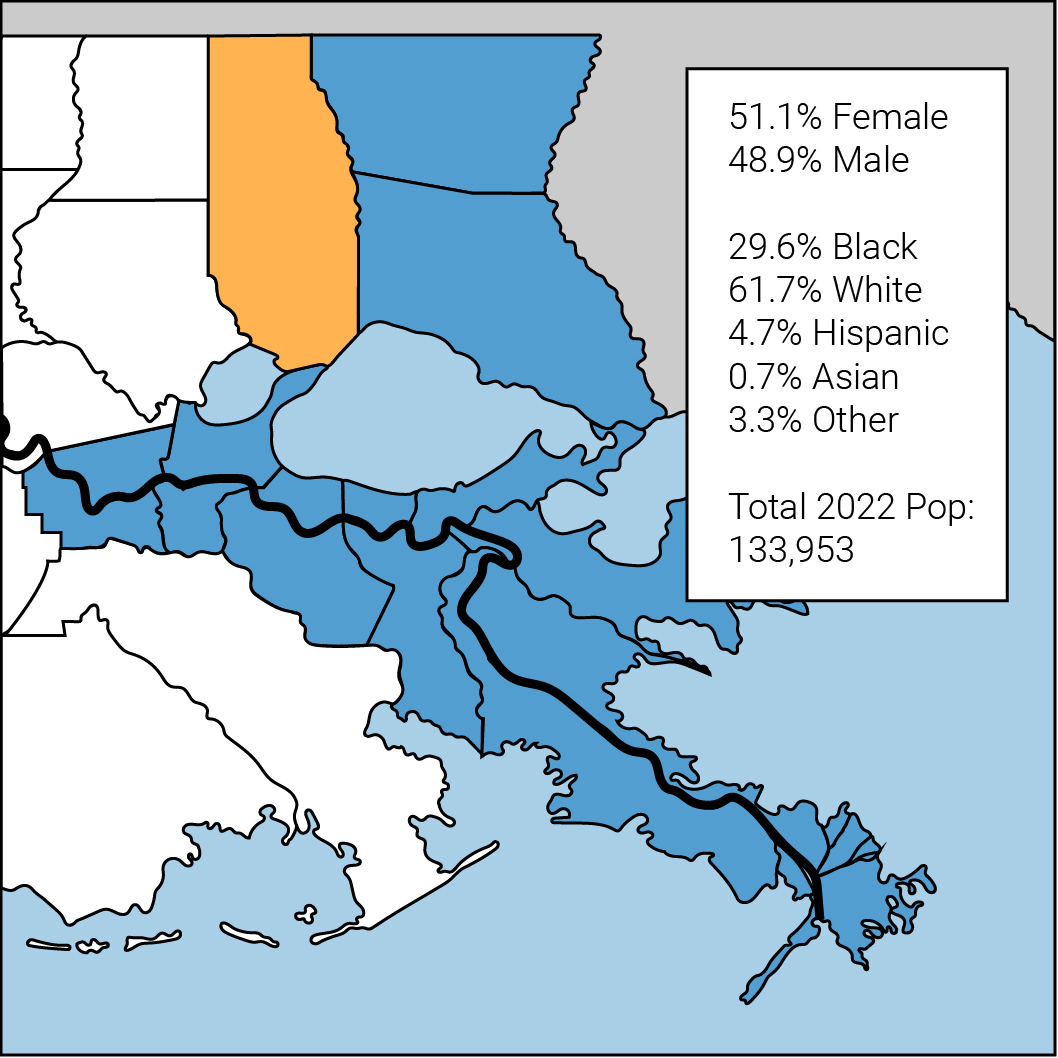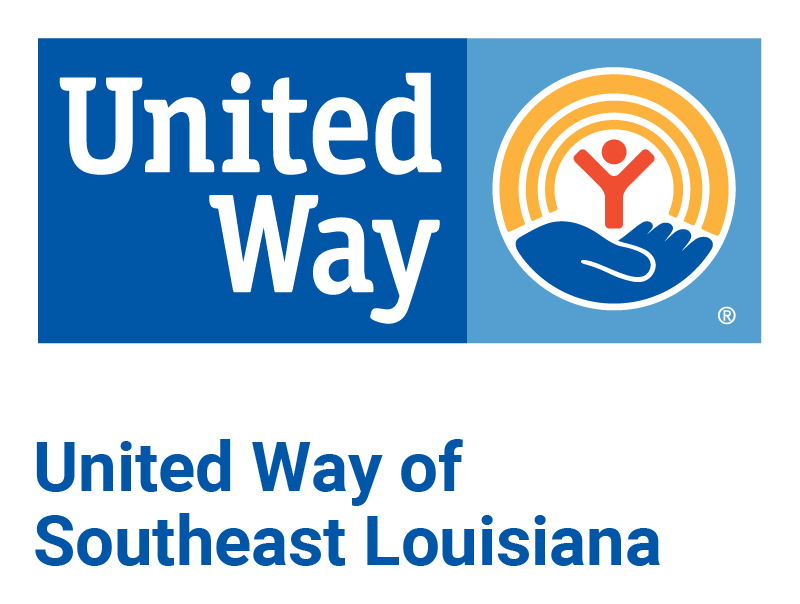Tangipahoa Parish

Tangipahoa Parish is located on the Northshore of Lake Pontchartrain and is home to nine cities and towns, including Amite City, Hammond, Independence, Kentwood, Ponchatoula, and Roseland. The population of Tangipahoa Parish was 100,588 in 2000 and has grown substantially since then. Tangipahoa Parish is also home to several rivers, including the Tchefuncte and the Tickfaw, and experienced substantial damage in the aftermath of the 2016 Louisiana floods.
PERCENT OF POPULATION UNDER 65 WITHOUT HEALTH INSURANCE
Health insurance coverage increases an individual’s likelihood of receiving quality medical care.[i] Health insurance is important for preventive care as well as timely treatment of illnesses or injuries.[ii] Those who lack health insurance often do not get timely treatment for chronic illnesses.[iii] When insurance coverage is low, costs to society are often high in the form of emergency room visits and lost worker productivity.[iv] Examining insurance rates for individuals under age 65 is particularly important, because most adults, age 65 and older, have high rates of health insurance coverage due to Medicare.[v] While health insurance coverage is very important, insurance coverage does not guarantee availability of care nor access to health care services.[vi]
Population under 65 with no health insurance coverage by income to federal poverty threshold ratio, 2021
Notes: Those with incomes under 138 percent of the poverty level may qualify for Medicaid in states such as Louisiana that have accepted ACA’s Medicaid expansion. The income limit for getting a lower cost premium for a health care plan through the Health Care Marketplace is 400 percent the federal poverty level.
Population under 65 with no health insurance coverage, 2021
PERCENT OF INDIVIDUALS WHO REPORT FREQUENT MENTAL DISTRESS
The number of people who report that their mental health was not good represents an important indicator of the rate of mental health issues in a parish. This kind of self-reported data is a better indicator of communitywide mental health concerns than data on the (often smaller) number of people who are actively seeking or receiving mental health treatment. Frequent mental distress is when individuals reported ≥14 days in response to the question, “Thinking about your mental health, which includes stress, depression, and problems with emotions, for how many days during the past 30 days was your mental health not good?” [i]
Data reported here is prior to the COVID-19 pandemic. It is not yet clear how this unique and prolonged disaster will affect future rates of reports of frequent mental distress.
Percent of adults reporting frequent mental distress, 2020
Notes: Frequent Mental Distress is the percentage of adults who reported ≥14 days in response to the question, “Now, thinking about your mental health, which includes stress, depression, and problems with emotions, for how many days during the past 30 days was your mental health not good?”
PERCENT OF VULNERABLE POPULATIONS RECEIVING HIGH-QUALITY CARE
One of the largest groups of vulnerable populations in any parish are the elderly. Most people over 65 years old are enrolled in Medicare. When many Medicare enrollees are treated in hospital settings for conditions that could be treated in an outpatient setting, this suggests that this large vulnerable population may not be receiving high-quality primary health care, or that they are not able to access primary health care at all. It may also suggest hospitals are being overused as a main source of care.[i] Preventable hospital stays are hospitalizations for conditions that could be treated in outpatient settings. Data reported here is prior to the COVID-19 pandemic, which has placed a unique strain on hospital capacity throughout the region.
Number of preventable hospital stays per 1,000 Medicare beneficiaries by race/ethnicity, Tangipahoa Parish, 2022
Notes: Medicare data classifies race/ethnicity only as black or non-black, then refers to all non-black populations as white. For consistency, this analysis uses this Medicare convention for race/ethnicity. For more information visit: http://archive.dartmouthatlas.org/ downloads/reports/Primary_care_report_090910.pdf.




